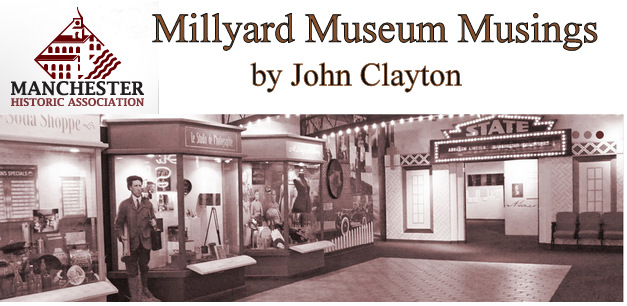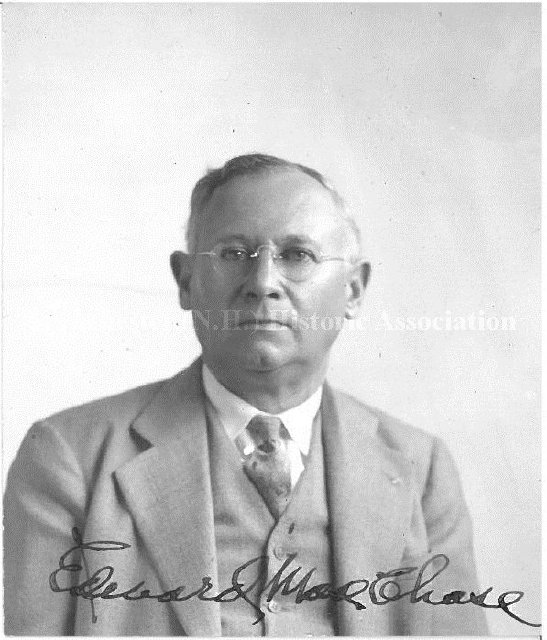
If you spend enough time in Manchester, sooner or later, someone is going to make some passing reference to the “Chase Homes,” and, unless you are of a certain age — that is to say, old — you may not know what the devil they’re talking about.
That’s where I come in.
Although the best examples of the so-called Chase Homes are the charming red-brick beauties on the west side of Mammoth Road between Cilley Road and Somerville Street, there are Chase Homes all over town, including the West Side.

Back in 1924, a prominent Manchester businessman named Edward M. Chase celebrated his 50th birthday by donating $50,000 in seed money to create the Chase Family Home Association. His stated goal was to build 30 single-family homes — shockingly affordable homes — with many of them in the area we know today as Rimmon Heights.
The homes would only be sold to married couples with “not less than two children.” Applicants had to be American citizens or “have taken out papers.” You also had to be a legitimately religious person, with a letter of reference from your priest, pastor or rabbi.
If it sounds like a form of social engineering, well … it was, but Chase’s motives were as simple as they were pure.
“The housing problem, dating actually from the era of the caveman who first sought permanent shelter, is perhaps the most ancient social problem with which mankind has had to contend,” he explained. “The man, the woman, the children — these together in a cave, or a hut, or a house or a palace, are essential to the very idea of home.”

Manchester became home to Edward Chase after he emigrated from Olita, Lithuania. He started in business by selling tea and coffee, but his greatest success came when he established E.M. Chase Furniture in the Monadnock-Upton Block at 1140-60 Elm St.
Now, a cynic might think that Chase decided to build homes because homebuyers required furniture, but there was nothing cynical about Edward Chase. Just consider the specifications of the homes he was building.
“From top to bottom, each of the houses has every modern convenience,” The Manchester Leader and Evening Union reported.
The price for these homes?
It was $7.50 a week — no down payment — and if you made your payments for 17 years, the home was yours, free and clear.
Those were the terms for the first Chase Homes — on the West Side, they’re on stretches of Hevey, Montgomery and Mason streets — but when the Chase Home Association purchased the old Igoe Farm on Mammoth Road in 1934, the homes would be more posh and the financial terms more generous.
It should come as no surprise that there were 800 applicants for the 30 new homes, since the going rate was $5.50 a week — no down payment — and to be on the safe side, the association also covered the cost of a $3,000 insurance policy on the man of the house “in order to safeguard widow and children in the event that calamity befall the breadwinner before the house is fully cleared.”
At that Depression-era rate, it would take 27 years to be “fully cleared,” but one thing remains perfectly clear. I can’t think of Edward Chase without thinking of George Bailey, the character so brilliantly brought to life by Jimmy Stewart in the film “It’s A Wonderful Life.”

John Clayton is Executive Director of the Manchester Historic Association. You can reach him with your historical (or existential) questions at jclayton@manchesterhistoric.org.








